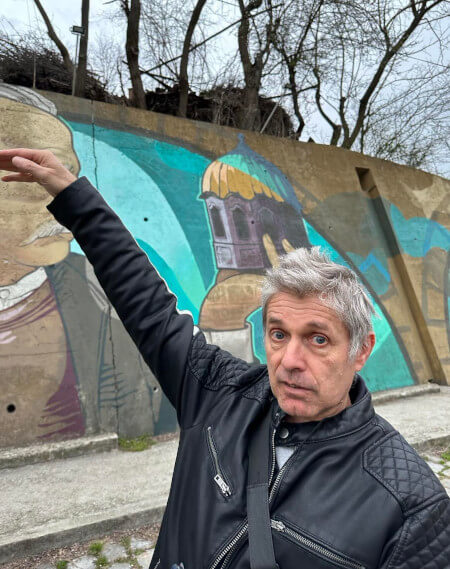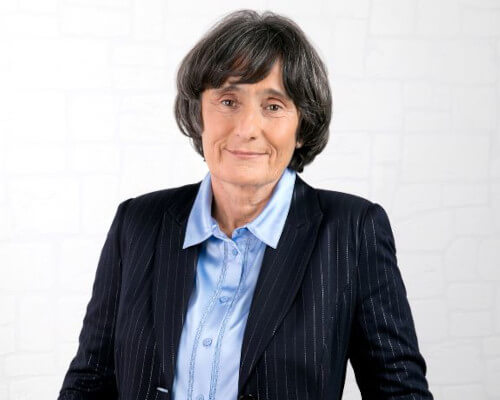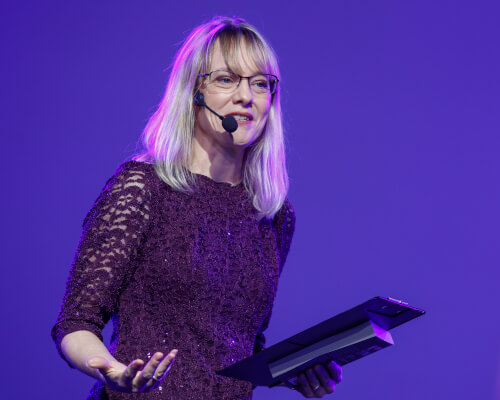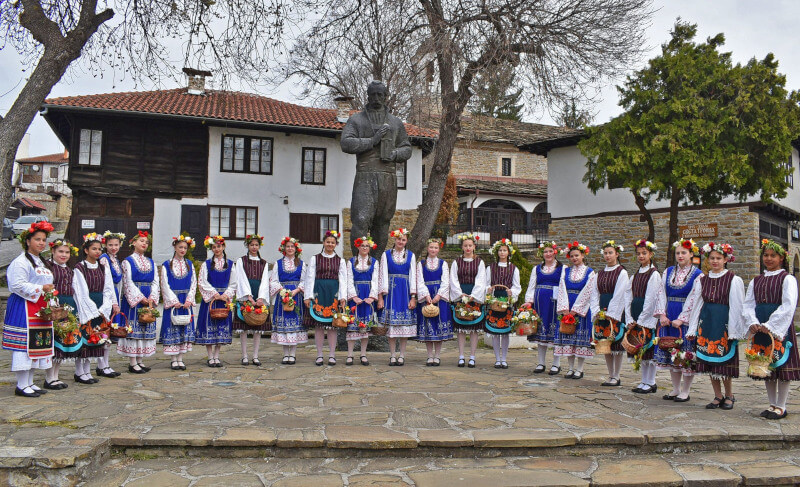
Dryanovo is better known for its architecture, caves, and prehistoric finds, but the town’s most valuable resource is its people: quirky, tough, capable, hardworking. Just like the great master Kolyu Ficheto, designer of some of the most original buildings and bridges in nineteenth-century Bulgaria, whose work earned him the honorific First Master.
Dryanovo and its people were gracious hosts to Muse Academy — the America for Bulgaria Foundation’s newest program in support of museum programming and tourism development in Bulgaria. The Academy’s first edition took place in mid-March at the History Museum in Dryanovo (whose permanent exhibition on the life and work of Kolyu Ficheto is a must-see!). The Academy’s American lecturers and nearly 40 participants from across Bulgaria not only experienced Dryanovo residents’ lavish hospitality but also explored little-known places in this wonderful gem of a town.
To learn more about Dryanovo and its people, past and present, we spoke with museum director Ivan Hristov — a historian, poet, and manager with a vision for the development of the museum and the town.
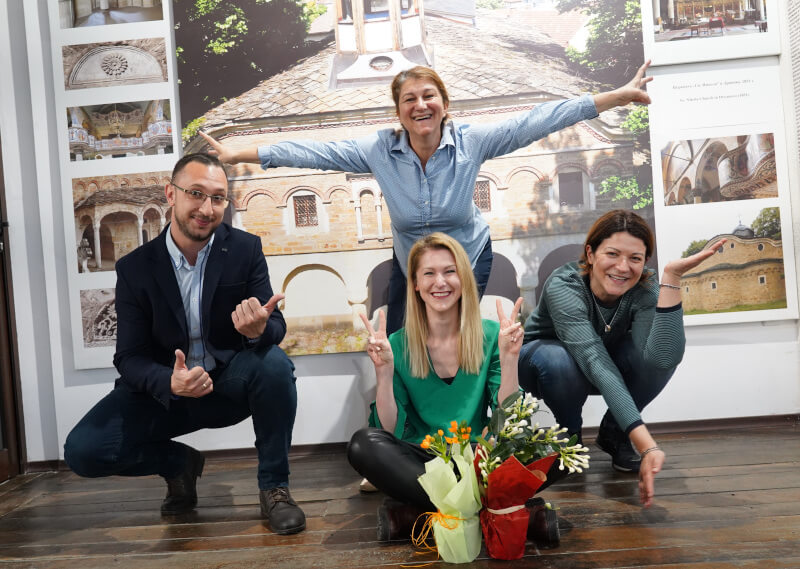
America for Bulgaria Foundation: Please introduce yourself.
Ivan Hristov: My name is Ivan Hristov. I am 32 years old, from neighboring Gabrovo. I am married and have a daughter and a son. I am a historian by education and a poet at heart. I love both history and literature, and I am constantly searching for the points of contact between science and art.
I researched the Middle Ages at university, but, lately, I have been particularly interested in studying the history of socialism in our country. Perhaps because this is a period that has yet to be studied and analyzed in detail by historians, and parts of its material culture are increasingly acquiring the status of valuables that will soon find their places in museum collections.
ABF: What motivated you to pursue a career in Dryanovo?
I.H.: Today, it is a challenge to find work in the field you were educated in. Often, you study one thing and find employment in a completely different field, and there are many reasons for this. I don’t give up easily, so after I gained some experience as a curator at the Regional History Museum in Gabrovo and a cultural event organizer for Gabrovo Municipality, I decided to pursue what I am good at and love doing. I applied to become the director of the history museum in nearby Dryanovo — a position that allows me to work for the conservation of the region’s documentary and material historical heritage even as I manage cultural events for the wider public.
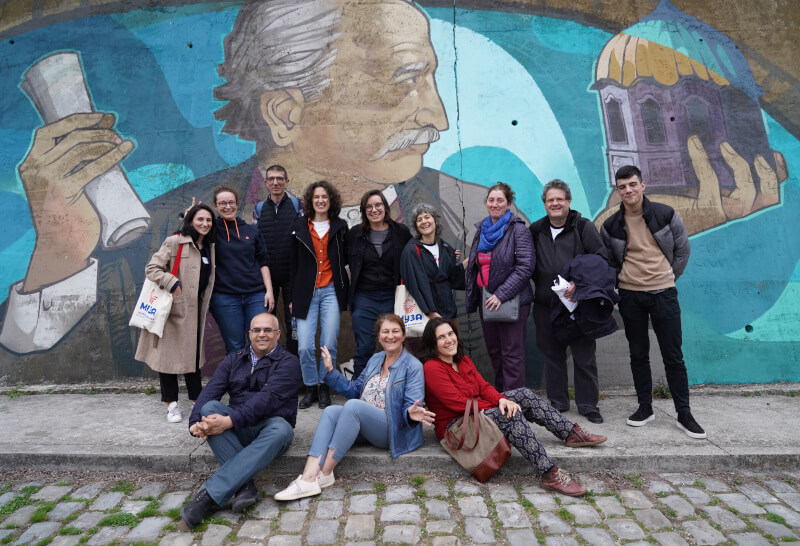
There are many challenges given the collapse of our value systems and the spiritual impoverishment of modern societies. I strongly wish to be on the other side — working for change actively and through personal example.
ABF: As a historian, you must have some unique insights into the past and present of Dryanovo and the museum under your care. Give us the Ivan Hristov factsheet about Dryanovo.
I.H.: Dryanovo’s name is associated with the abundance of dogwood in its surroundings [dogwood is dryan in Bulgarian, ed.]. Dogwood trees bud before winter is fully over and are in a hurry to blossom, providing bees with their very first food for the season, and, as we know, bees are of particular importance for life on the planet. Although dogwood is an early bloomer, we only enjoy its fruit in the fall.
In its development, dogwood seems to mimic the course of human life — from youth to wisdom — so, unsurprisingly, it features in many Bulgarian traditions. Dogwood buds help to tell fortunes, and decorated dogwood sticks are used in a ritual for health and longevity. Dogwood timber is extremely tough, flexible, dense, and hard.
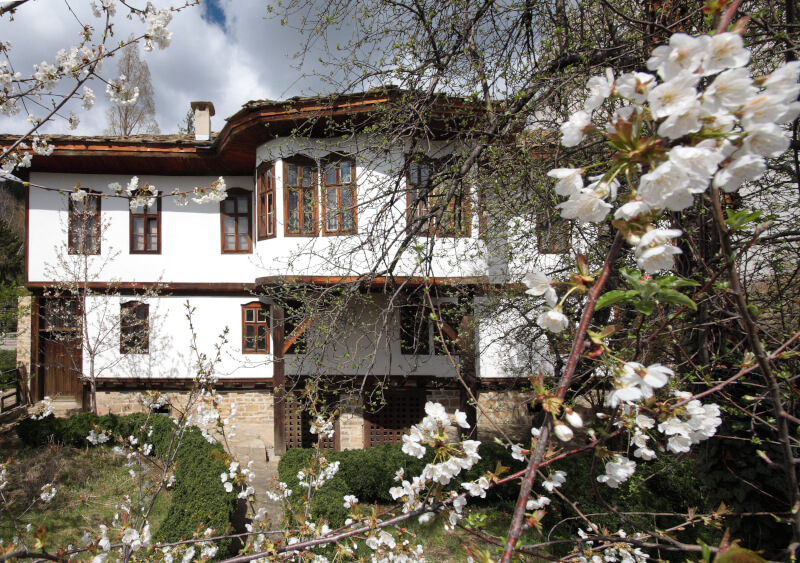
In the year and a half since I professionally connected my life with Dryanovo and that I have been coming to the town daily, I have established and am increasingly convinced that the people of Dryanovo have absorbed all the qualities of the hardwood that lent its name to their hometown. Dryanovtsi are different: they are unconventional thinkers in the good sense of the word; they are reasonably cautious, resilient, wise, and deeply fond of their hometown. I am happy that the people of Dryanovo have preserved the fervent, nonconformist spirit of their ancestors. There’s a lot to be learned from dryanovtsi.
ABF: Speaking of ancestors, who are the Dryanovo locals who made history that we should all be aware of?
I.H.: Dryanovo is home to many prominent personalities connected with the cultural, scientific, and social progress of the country. Kolyu Ficheto was born here. He was the most prominent figure in Bulgarian Revival architecture, recognized by his contemporaries and future generations alike. Alexander Rashenov, the first doctor of architecture in Bulgaria, is from Dryanovo, and so is Pencho Koychev, the architect behind some of the most emblematic buildings in early-twentieth-century Bulgaria. Another Dryanovo notable is Maxim Raykovich — a clergyman, writer, and activist for Bulgarian church independence, supporter of New Bulgarian education, and great benefactor of educational institutions in his hometown and beyond.
Dryanovo is the birthplace of Nikola Mushanov, Democratic Party leader and member of parliament as well as prime minister of Bulgaria from 1931 to 1934. His nephew Stoycho Moshanov, also a politician, known for his diplomatic mission in Cairo, started his life in Dryanovo as well.
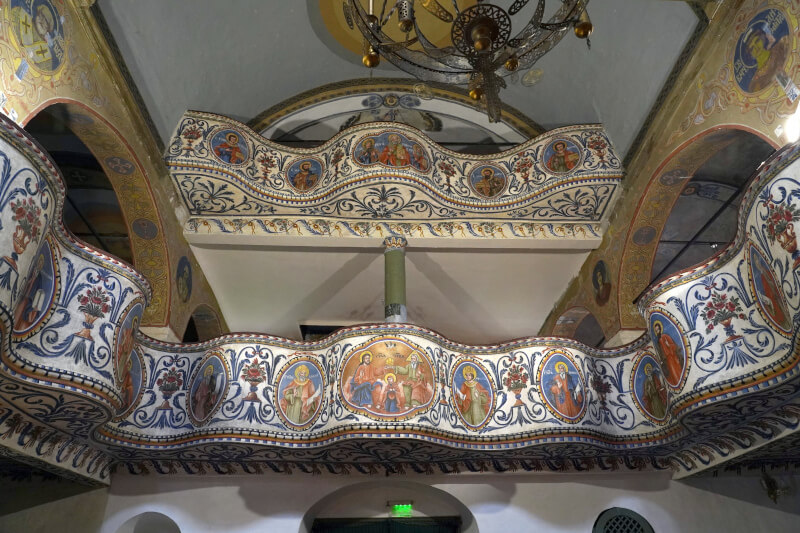
There are so many artists with Dryanovo roots: among them are the playwright Racho Stoyanov, who wrote the popular drama Masters, which is still performed in theaters across Bulgaria; Marko Ganchev, one of the greatest modern satirists; Dimitar Stefanov, founder of Bulgarian haiku poetry; Todor Popov, a famous composer of choral music; Mesru Mehmedov, world-class choir conductor; Hristo Nedyalkov, composer and long-time conductor of the Children’s Radio Choir at the Bulgarian National Radio; and many others.
ABF: Although he is Bulgaria’s greatest Renaissance builder and architect, Kolyu Ficheto’s personality remains an enigma. He was singular, original, self-taught. Do you have a favorite story about the First Master’s life and work?
I.H.: As with any great person, the personality and work of the famous builder are shrouded in legend, but there is always a dose of truth in legends. Kolyu Ficheto is said to have been particularly humble and pious. He was a man of great faith and adhered to the Christian values of charity, care for others, and hard work. It is known that he donated a part of his income to the poor, orphans, widows, and people fallen on hard times. He also possessed the great, unmalicious sense of humor typical of Dryanovo locals, which comes through in the following anecdote: When asked by a foreign traveler, marveling at the sight of a Fichev building, which university the master had graduated from, he replied: “The University of Life.” Returning home, the foreigner unfolded a world map to look for the University of Life but never found it.
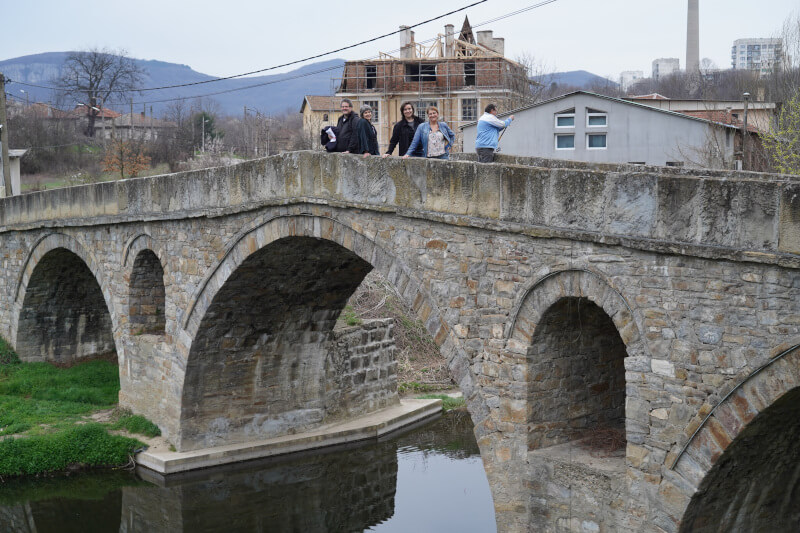
ABF: Dryanovo is often just a transit stop on the way to the Bacho Kiro Cave and Dryanovo Monastery. What is the uninitiated traveler missing out on?
I.H.: Unfortunately, this is a fact, and the reasons for this are complex. The good thing is that the town and its sights do not disappoint those who give them a chance. The Kolyu Ficheto exhibition introduces visitors to the life and work of the master and his contribution to the formation of a Bulgarian national architectural style. At a time when the name of Bulgaria wasn’t even on the map, Kolyu Ficheto’s was a remarkable assertion of our nation’s presence in these lands and of our right to liberty.
There is also the Ikonomov House, built by Kolyu Ficheto for the family of the priest Vasil Ikonomov. It is a wonderful example of urban residential architecture. Visitors can walk around, soaking up the 19th-century atmosphere of the place and enjoying the wonderful bay windows and the interior, filled with Bulgarian Revival-era icons, carvings, and frescoes from this region. Visitors to the Ikonomov House can also catch one of our periodically changing temporary exhibitions.
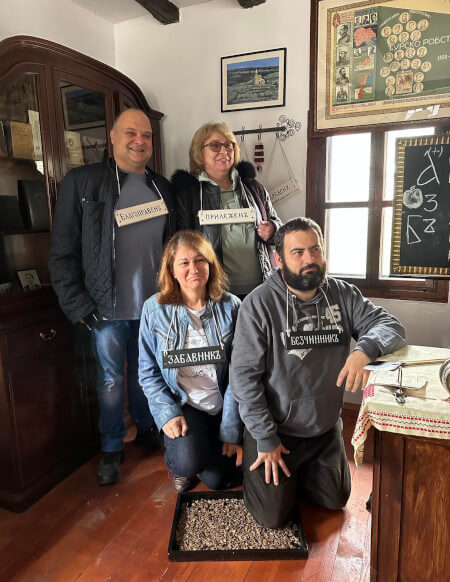
There are three Orthodox churches in Dryanovo, completely different architecturally and with interesting interior solutions; the only completely preserved bridge designed by Kolyu Ficheto, which has had no structural interventions done to it; an open-air three-dimensional geographical map created 60 years ago in the local high school yard by geography teacher and historian Bonka Tihova.
We also hope to redesign the exhibition at the famous Lafchiev House [aka “The House without Nails,” ed.], built without iron nails, which was re-roofed and had its facade restored last year.
ABF: Visitors won’t feel the spirit of Dryanovo without meeting its people. What are the favorite local hangouts and customs that bring dryanovtsi together?
I.H.: A favorite meeting place for locals and a kind of trademark for the town is the Saturday market. The people of Dryanovo love and respect the market not only for the business but also for the social opportunities in an informal setting it provides. People meet and chat with friends and acquaintances, while retirees reunite with former colleagues and reminisce about their youth.
The traditional Dryanovo sabor (fair) in October occupies an important place in the town’s holiday calendar. Dryanovtsi who have made their lives elsewhere travel from near and far to reunite with relatives and friends in their former hometown. The fair is held on the Day of St. Petka, the patron saint of Dryanovo.
The Feast of the Young Bride is a disappearing tradition celebrated until recently in Dryanovo. Every year on March 22, recently married women would receive female visitors, treating them to liqueur and sweets. The guests would bring gifts for the young family, such as household dishes, tableware, and utensils. The feast was celebrated until the end of the twentieth century, and if it exists today, it is not on the scale known from the past.
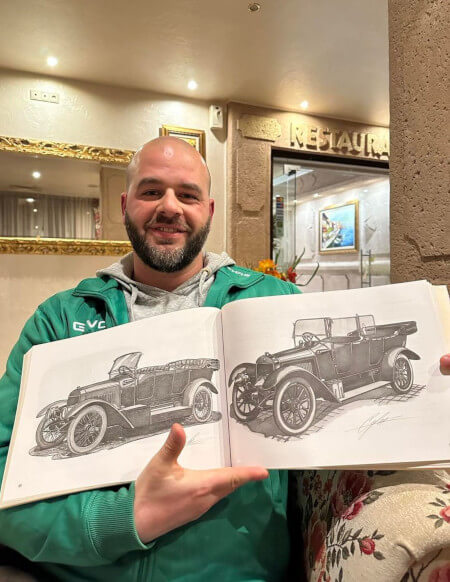
ABF: The History Museum in Dryanovo is a happening kind of place. In addition to hosting the week-long Muse Academy in March, you have a number of other events lined up. What have you and your team prepared for visitors in the coming months?
I.H.: Our larger-scale cultural events are an open-air painting competition and a children’s competition inspired by Kolyu Ficheto’s work, both of which are open to artists from across Bulgaria. After the success of the events’ first editions last year, we received support from the Municipality of Dryanovo and will host the events annually.
We have various exhibitions coming up, too. We will feature valuable editions and old printed books and ethnographic materials from the museum’s own collection, and we will also host visiting exhibitions, one in partnership with the National Museum of Education and another with the History Museum in Popovo.
Painters Doncho Donchev, Stefan Kotsev, and Georgi Dinev will have solo shows, and we will also have an exhibition in partnership with the Art Gallery of Stara Zagora.
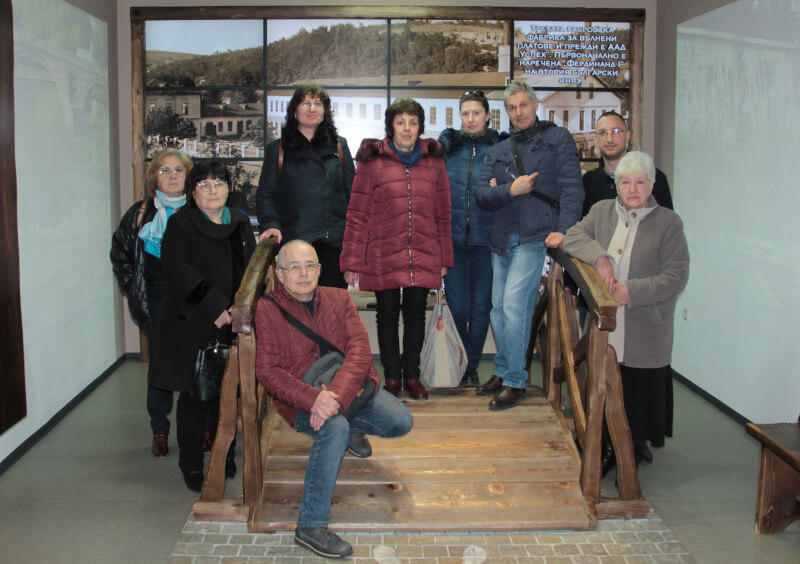
We will also host book presentations, an Easter workshop, and an Evening of the Arts event. Our biggest science event will take place in early October and will commemorate the 140th anniversary of the birth of the writer Racho Stoyanov.
ABF: Where would you like to see the museum in five years? What about the town?
I.H.: I wish to expand the museum team, and I’d like to attract young people whose motivation and dedication to the work would match those of the more experienced team members. I would like to have an intriguing new exhibition at the Lafchiev House and new arts and archeology departments to advance the museum’s potential in those fields. I hope that in five years the museum would be a recognizable cultural entity on the map of Bulgaria and a symbol of professionalism and that Dryanovo would be a preferred place to live.
